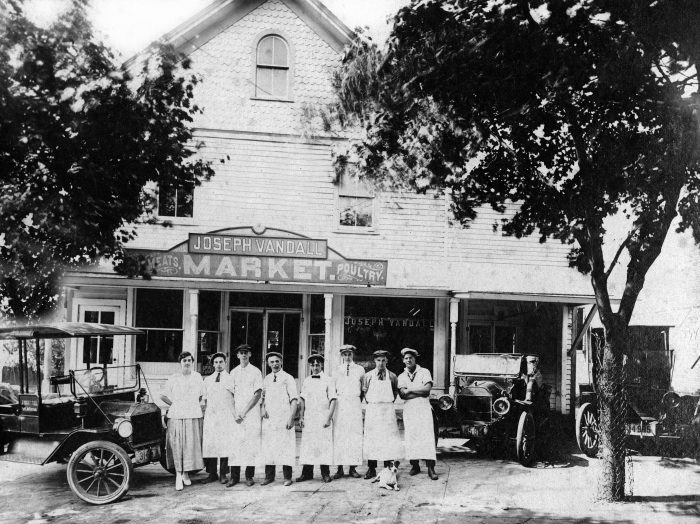Suffolk County Legislator Steve Englebright (D-Setauket) recently presented checks to representatives from various cultural organizations in his district to help them fund future projects.
“A genuine love for community has always been a driving factor in my work,” Englebright said. “Recently, I showcased my appreciation and support for several of our district’s most beloved cultural and arts organizations through Suffolk County Omnibus Grants.”

During Legislator Englebright’s tenure as a New York State Assemblyman, he was the Prime Sponsor of legislation that led to what is commonly referred to as the hotel-motel room fee. The intention behind this initiative that is essentially a tax on people who live outside of our county, including many from other countries was to help generate funds that would enable Suffolk County Legislators to support the Long Island tourism industry through grants for programs for the arts, music, and history. The Suffolk County Department of Economic Development and Planning administers the awards.
“This year, I experienced numerous full-circle moments as I was pleased to be able to award numerous community cultural organizations with funding that will help support important programs that our part of the county has become known for, such as the Gallery North Wet Paint Festival, the Port Jefferson Station-Terryville Chamber of Commerce’s and Ward Melville Heritage Organization’s summer concert series, and the Greater Port Jefferson Arts Council’s annual Dickens Festival,” the legislator said.
Several local galleries, music venues and museums were also granted awards, such as The Reboli Center for Art and History, The Jazz Loft, and the Long Island Museum.
“In total, I was able to provide room fee-derived funds amounting to more than $150,000 to 15 local organizations which, in turn, will help nurture a vibrant scene for lovers of art, music, and history while stimulating our local economy through tourism and leisure travel,” Englebright said.
The Fifth Legislative District’s grant recipients are The Greater Port Jefferson Arts Council, Gallery North, Theatre Three, The Reboli Center, The Jazz Loft, The Port Jefferson Station-Terryville Chamber of Commerce, The Frank Melville Memorial Foundation, The Long Island Music and Entertainment Hall of Fame, The Three Village Historical Society, The Long Island Museum, The Port Jefferson Historical Society, The Children’s Maritime Museum (Long Island Explorium), The Three Village Community Trust, The Ward Melville Heritage Organization and The Village of Port Jefferson.






 Despite receiving objections from EcoLeague, the Audubon Society and multiple citizens, Mather Hospital went through with plans to clear its forest area. “They kind of just plowed ahead because I think they were pretty sure that the [village] planning board would approve it,” Fils-Aime said. [See The Port Times Record’s June 16 story, “
Despite receiving objections from EcoLeague, the Audubon Society and multiple citizens, Mather Hospital went through with plans to clear its forest area. “They kind of just plowed ahead because I think they were pretty sure that the [village] planning board would approve it,” Fils-Aime said. [See The Port Times Record’s June 16 story, “ EcoLeague is also concerned that the cutting down of the woods will harm local species of animals and that Mather Hospital’s construction of a parking lot will act as a “heat sink,” raising local temperatures.
EcoLeague is also concerned that the cutting down of the woods will harm local species of animals and that Mather Hospital’s construction of a parking lot will act as a “heat sink,” raising local temperatures.





























